We admit that the most recent incarnation of the iMac hasn't left us breathless, but it's far too soon to write an epitaph for Apple's all-in-one.
Apple refreshed the iMac in October with the new M3 processor. And...well, that was about all it got for upgrades.
It has same colors as before, and a few other minor under-the-hood tweaks, but not even the same processor options as the MacBook Pro. Same 24-inch display, in every regard.
That's led some to wonder if Apple is just trying to let the iMac wither and die on the vine, a victim of benign neglect.
Certainly, the iMac was not the centerpiece of Apple's "Scary Fast" event. Pride of place definitely belonged to the MacBook Pro, where, we might add, it belonged.
The MacBook Pro has legitimately been Apple's premier Mac system for years, even before the switch to Apple Silicon. It's a versatile performer, configurable to suit almost everyone, from student to seasoned pro. Save maybe those with the rarified needs only a Mac Studio might be able to offer.
But there's still a lot to recommend about the iMac. Whether for families looking for a decent computer with better gaming abilities than before, owing to a snazzy new GPU architecture, or businesses buying basic business machines for general administrative use.
But outside the M3 and a few other modest changes like Wi-Fi 6E and Bluetooth 5.3 support, the first update to the iMac since 2021 was left otherwise untouched.
With a few exceptions, critical reception to the new iMacs has generally been tepid, ranging from "boring" to "an afterthought."
Some criticized Apple for not delivering a larger screen than the standard 24-inch. Others complain about the lack of support for the M3 Pro or M3 Max processor.
We think ultimately that whatever its shortcomings, the M3 iMac is a very clear signal from Apple telling Intel Mac users that it's time to move to Apple Silicon. Apple even said something to that effect in the release video.
Apple has also confirmed that there are no plans presently to re-introduce a 27-inch iMac model. The 27-inch iMac was discontinued in 2022, its final incarnation still equipped with an Intel processor.
And a replacement for the iMac Pro, discontinued in 2021, is nowhere in sight. It's another one of those rumors that always seems to be "coming next year."
We emphasize "presently" because Apple saying that now doesn't mean they can't change their mind in the future. Nor does it mean they won't replace it with something else entirely.
Rumors abound, for example, that Apple may be working on other iMac models, including a 32-inch system. Which, if realized, would be the largest iMac ever.
But for now, people interested in a desktop Mac with a larger physical display than 24 inches or higher resolution than 4.5K will need to select a different Mac model, like a laptop tethered to an external display, a Mac mini or a Mac studio, either equipped with an Apple Studio Display or a third-party option.
Historically important
The iMac occupies a unique spot in Apple's product lineup. No other device in Apple's product line is more emblematic of Apple's renaissance from a beleaguered purveyor of mediocre beige box computers to the biggest tech company on the planet.
The iMac is the innovative computer that brought Apple back from the brink of bankruptcy. It also set off a millennial consumer tech design trend. Within a year or two of the iMac's introduction, the consumer tech market was flooded with colorful translucent plastic.
Today's iMac is part of an unbroken product line that goes back to 1998, which makes it Apple's longest-running continuous product brand. But that all-in-one design very consciously echoes the first Macintosh from 1984.
And we suspect that if you brought a Mac user from that era forward in time, they'd have very little difficulty adjusting to today's iMac. The principles that guided the Macintosh's design and that marriage of hardware and software still guide Apple's Mac efforts today.
The changes Apple's made to the iMac have long been incremental. The bondi iMac went through a few increments, before it became the slotload G3 iMac. That too had steps from 350Mhz to 700, which branched off into the iMac G4 and eMac which both had their own steps, until the iMac G5.
Nearly 20 years later after that iMac G5, it's largely the same rectangular slab encompassing a flat panel display. That's because for the past quarter century, evolution has been a consistent through line for the iMac — and many other Apple products for that matter.
Apple's not afraid to disrupt product categories and entire markets, but once they've staked a claim, they tend to iterate, over and over again, refining the concept to a platonic ideal.
Certainly, the iMac has changed along with consumer tastes and technology trends. Beyond the Mac, the iPads now provide more powerful mobile solutions than ever before to help people get work done, with the iPad Pro powered by the same silicon muscle that's used in the Mac.
When he introduced the iPad 2, Steve Jobs said, "It is in Apple's DNA that technology alone is not enough — it's technology married with liberal arts, married with the humanities, that yields us the results that make our heart sing."
Regardless of where the iMac sits in Apple's ecosystem at the end of 2023, it's still a unique differentiator for Apple — a device that fully embraces Apple's ethos at that intersection of technology and liberal arts. It is selling in droves to schools and enterprise, and will continue to do so, even if the home user is opting more for portable form-factors.
Long may it reign.
 Peter Cohen
Peter Cohen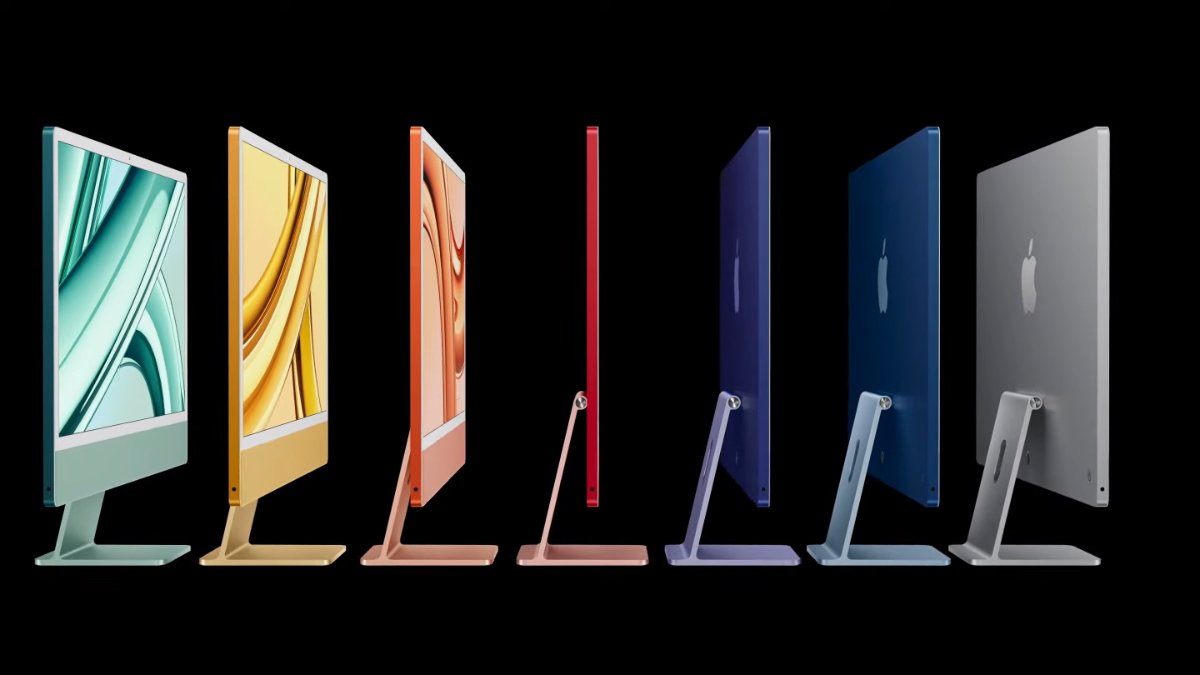
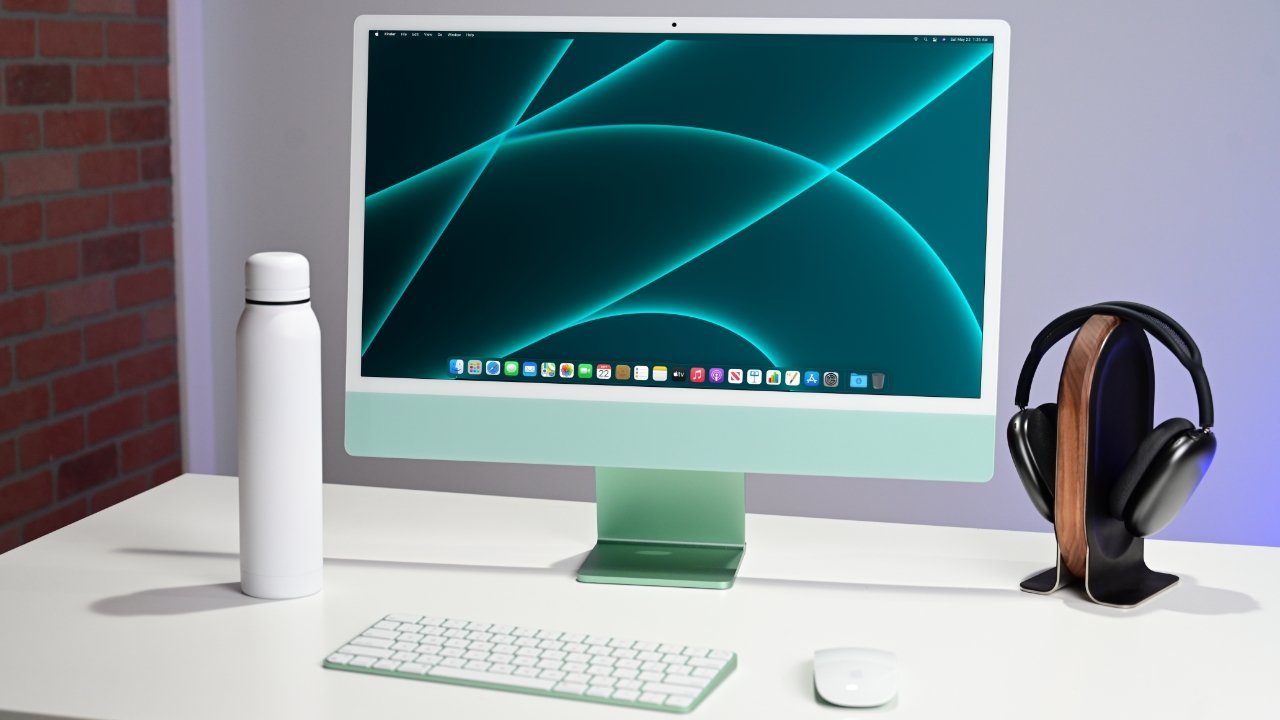
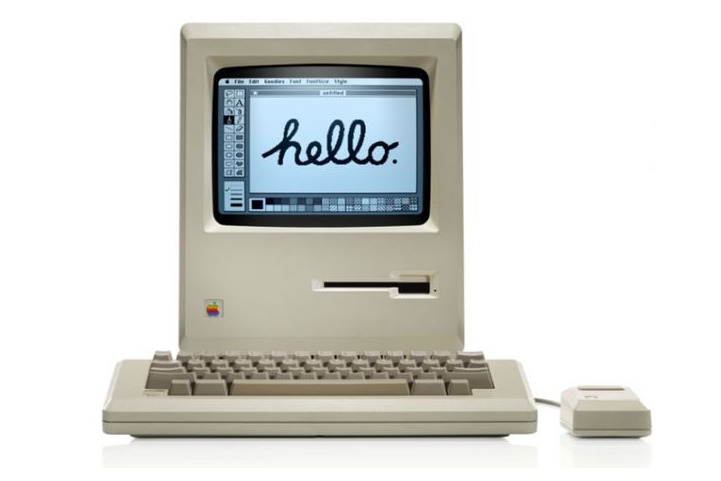


-m.jpg)






 Oliver Haslam
Oliver Haslam
 Thomas Sibilly
Thomas Sibilly
 Marko Zivkovic
Marko Zivkovic
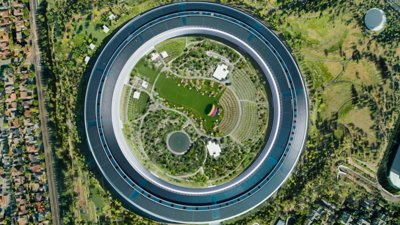
 Wesley Hilliard
Wesley Hilliard
 Malcolm Owen
Malcolm Owen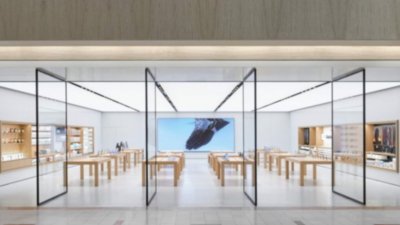
 Andrew Orr
Andrew Orr



-m.jpg)






39 Comments
I am one of those who gave the M1 iMac a pass waiting for a 27 inch or larger iMac to replace my 2017 27” iMac. However, I could not resist getting the M3 iMac even though I had to give up some screen real estate. I have no regrets. The machine is a work of art, a fast work of art, a quiet work of art. For example, It handles my Steam library with ease.
Looks like a good machine for general use and for those imaginary kitchen island soup-making Mac users Apple puts in their videos. But it is not a "perfect upgrade for the 27 iMac" like Apple claims, and the restricted CPU, memory and storage options clearly show that this is not a professional machine in Apple's opinion. The pro laptops are still pretty thin and have CPU, RAM, and storage options that blow away the iMac with its larger chassis.
iMac is already dead as long as the 23.5 inch screen is all you can offer. . .👎🏻
Turning the Mac Studio Display into a 27" iMac can't take all that much work.
The display is the same at the 27" iMac that went away a couple years ago. It already has speakers, power supply, camera (with center stage), fans, and USB-C/Thunderbolt ports. All it needs is the logic board from a MacBook Pro. a headphone jack, add a couple more Thunderbolt ports, and, poof!, it's an iMac.